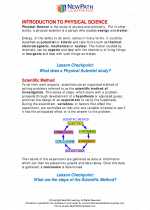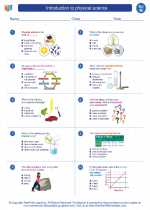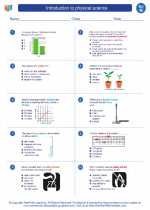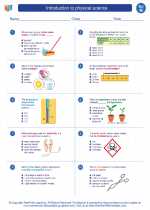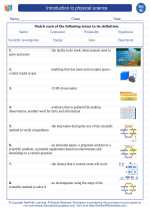Comets
A comet is a celestial object consisting of a nucleus of ice and dust, with a long, luminous tail that is visible from Earth when the comet is close to the sun. Comets are thought to originate from the outer regions of the solar system, and they have been observed and studied for centuries.
Composition of Comets
The nucleus of a comet is composed of ice, frozen gases, and dust. When a comet approaches the sun, the heat causes the ice to vaporize, releasing gas and dust particles, which form the characteristic coma and tail of the comet.
Orbit and Movement
Comets follow elongated orbits around the sun, and their movement is influenced by the gravitational forces of the sun and other celestial bodies. Some comets have very long orbital periods, while others have shorter ones.
Study Guide
- What is the composition of a comet's nucleus?
- How does the heat from the sun affect a comet's appearance?
- What influences the movement of comets in their orbits?
- How do comets differ from other celestial objects, such as asteroids?
- What are some famous comets that have been observed throughout history?
Understanding the composition, orbit, and movement of comets is crucial for comprehending their role in the solar system and their significance in astronomical research.
.